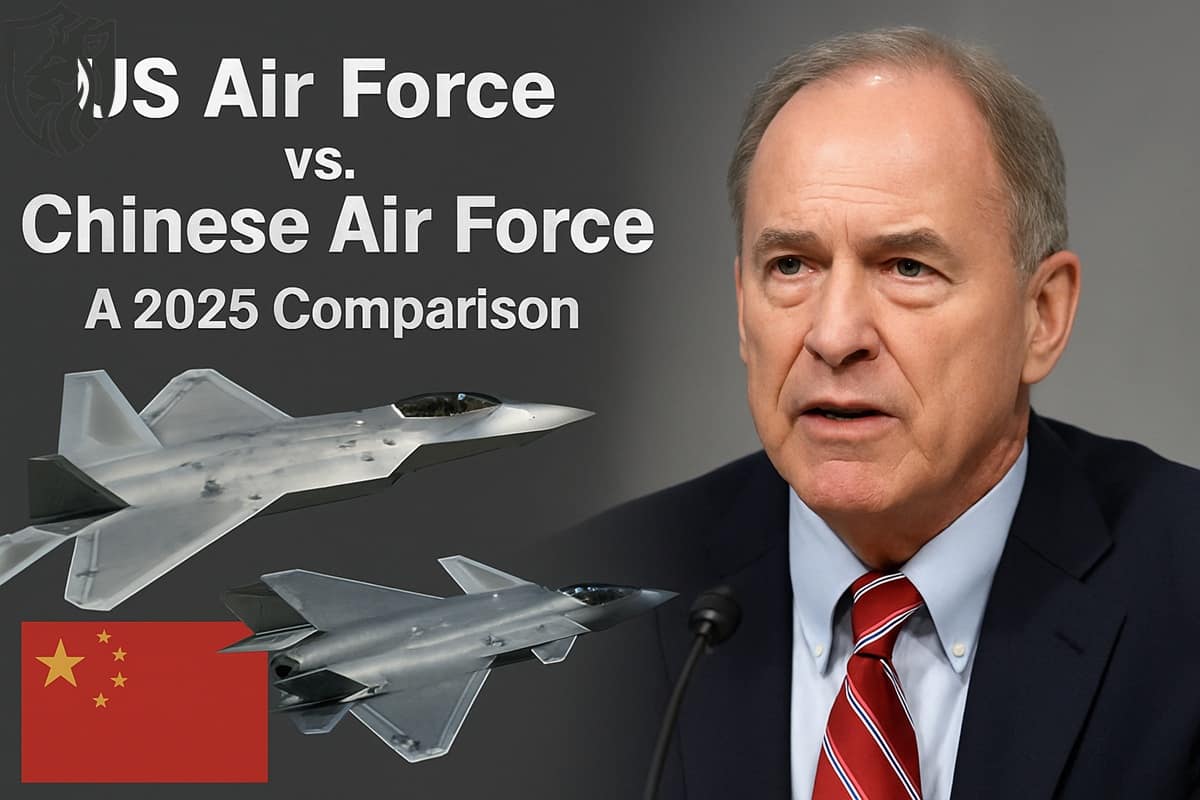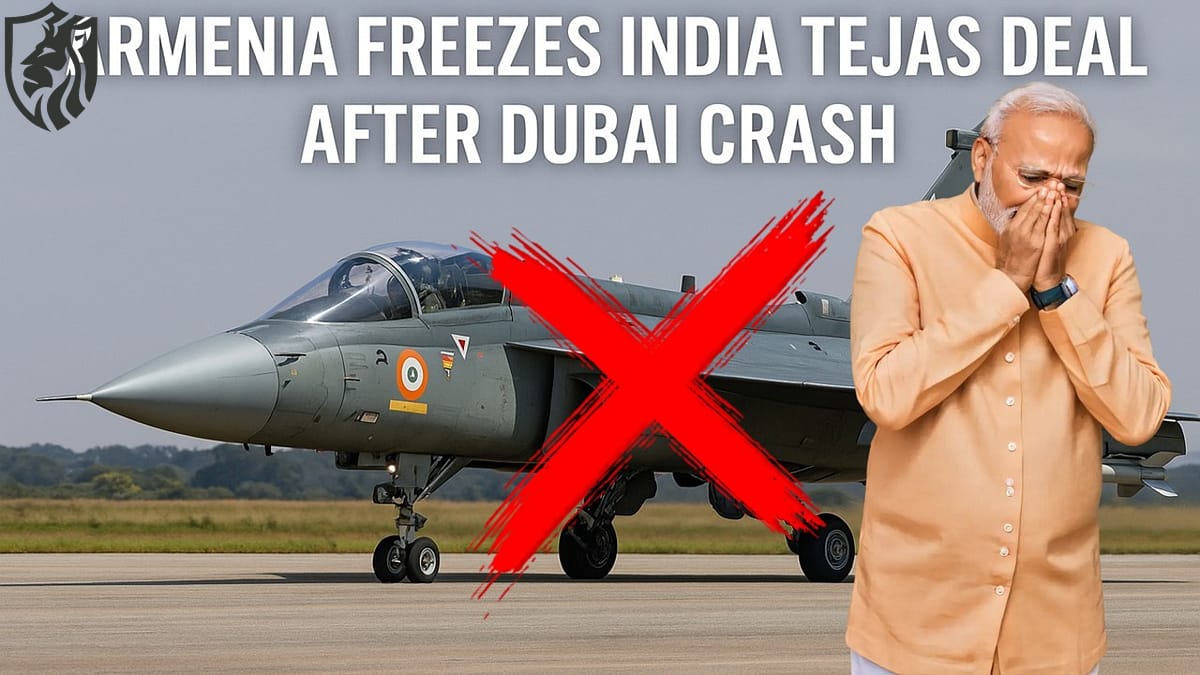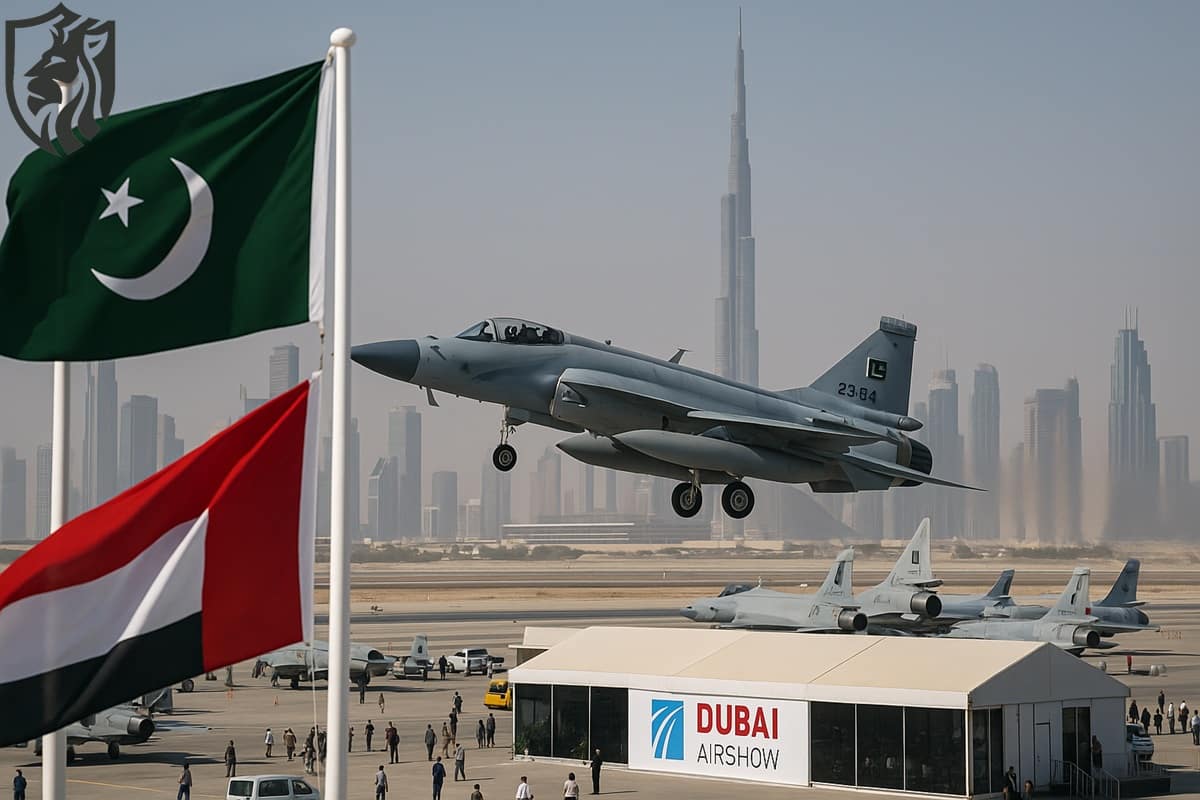
The Rise of Soviet Air Defense in the Cold War
By the mid-20th century, the Soviet Union had established a formidable Air Defence Force (PVO) to protect its vast airspace. Equipped with interceptors and advanced surface-to-air missiles, the USSR sought to shield itself from foreign reconnaissance missions.
By the early 1960s, this extensive defense network had made Soviet airspace nearly impenetrable. Yet, Western intelligence agencies continued to probe the USSR, exploiting vulnerabilities in its peripheral regions.
Iran’s Covert RF-5A Operations Inside Soviet Borders
Under Shah Mohammed Reza Pahlavi, Iran emerged as a key ally of the United States. The Shah’s regime allowed the CIA, NSA, and other American agencies to use Iranian territory for intelligence operations, with the condition that Iranian personnel were involved and trained to operate advanced US equipment.

As detailed in Krzysztof Dabrowski’s Defending Rodinu: Volume 2, these operations began in 1968 with Iranian RF-5A reconnaissance aircraft conducting clandestine missions over Soviet territory. Pilots from the Imperial Iranian Air Force (IIAF) participated in these operations, sometimes accompanied by US personnel, to gather intelligence while avoiding detection by Soviet forces.
Deployment of RF-4C Phantoms for Riskier Missions
In 1971, the programme expanded. The United States lent Iran six advanced McDonnell-Douglas RF-4 Phantoms for reconnaissance missions. State-of-the-art sensors equipped these aircraft, surpassing the capabilities of the RF-5A. To train Iranian pilots, the US loaned its RF-4C aircraft, enabling joint missions with US and Iranian crews. These covert sorties, often launched from Iranian bases, targeted sensitive Soviet installations. Mixed crews usually consisted of an IIAF pilot and a USAF systems operator, ensuring plausible deniability in case of capture.
The Interception: November 28, 1973
On 28 November 1973, an RF-4C reconnaissance aircraft piloted by Major Shokouhnia of the IIAF and Colonel John Saunders of the USAF was detected by Soviet radar. Captain Gennady Eliseev, flying a MiG-21SM from the 982nd Fighter Aviation Regiment, intercepted the aircraft. The supersonic chase that followed showcased the speed and agility of both aircraft. However, despite the MiG-21’s high performance, the RF-4C’s evasive manoeuvres and superior speed initially kept it out of range.
Eliseev launched two R-3S missiles, but Major Shokouhnia’s hard turns caused both to miss. When the MiG’s autocannon jammed, Eliseev faced orders to take drastic measures. Ground control instructed him to ram the RF-4C.
The Dramatic Mid-Air Collision
With his weapons inoperable, Eliseev executed a daring manoeuvre, striking RF-4C’s tailfin with the nose of his MiG-21. The impact critically damaged the Phantom, forcing Shokouhnia and Saunders to eject. Soviet forces promptly apprehended both crew members after they parachuted to safety.
Tragically, the collision also destroyed Eliseev’s MiG-21, leading to his death. Despite the successful interception, the price was steep. Eliseev was posthumously honoured as a Soviet Union hero on December 14, 1973.
Aftermath and Diplomatic Exchange
The downed RF-4C’s crew claimed they had accidentally entered Soviet airspace during a training mission. Lacking concrete evidence to refute this narrative—as the Phantom’s wreckage was obliterated—the Soviets reluctantly accepted the explanation.

A fortuitous turn of events expedited the crew’s release. Around the same time, a Soviet reconnaissance satellite capsule landed on Iranian soil near Abadan. A deal was struck to exchange the satellite’s intelligence film for the captured aviators, avoiding prolonged diplomatic fallout.
Legacy of Captain Eliseev
Captain Eliseev’s sacrifice became a symbol of Soviet dedication to airspace sovereignty. Despite the incident not receiving widespread publicity, Volgograd honoured Eliseev’s heroism with monuments, plaques, and even a street bearing his name. Later, foreign pilots visiting the USSR observed the reverence with which Soviet personnel recounted Eliseev’s story.
Conclusion
This high-stakes encounter highlights the intensity of Cold War espionage and the lengths to which nations went to protect their interests. The interception of the RF-4C serves as a poignant reminder of the bravery and sacrifices made on both sides of the Iron Curtain.
References
- Dabrowski, Krzysztof. Defending Rodinu: Volume 2—Development and Operational History of the Soviet Air Defence Force, 1961–1991.
- Przegląd WL and WOPK, Issue No. 3/1980.
- The publication includes historical accounts from USAF archives and Soviet military publications.









